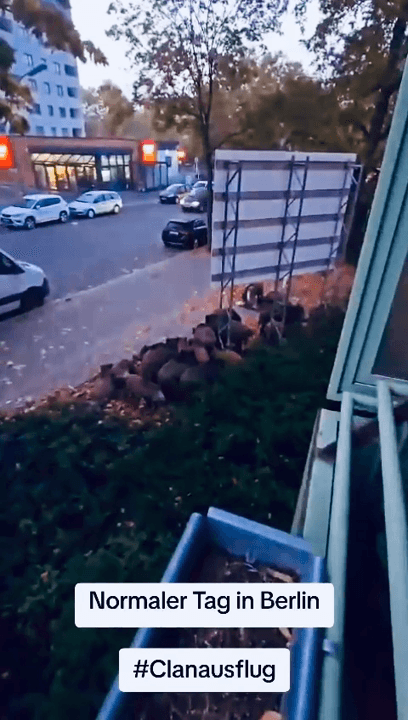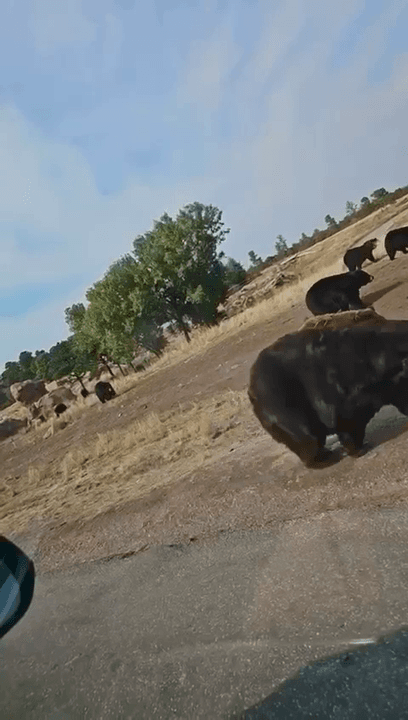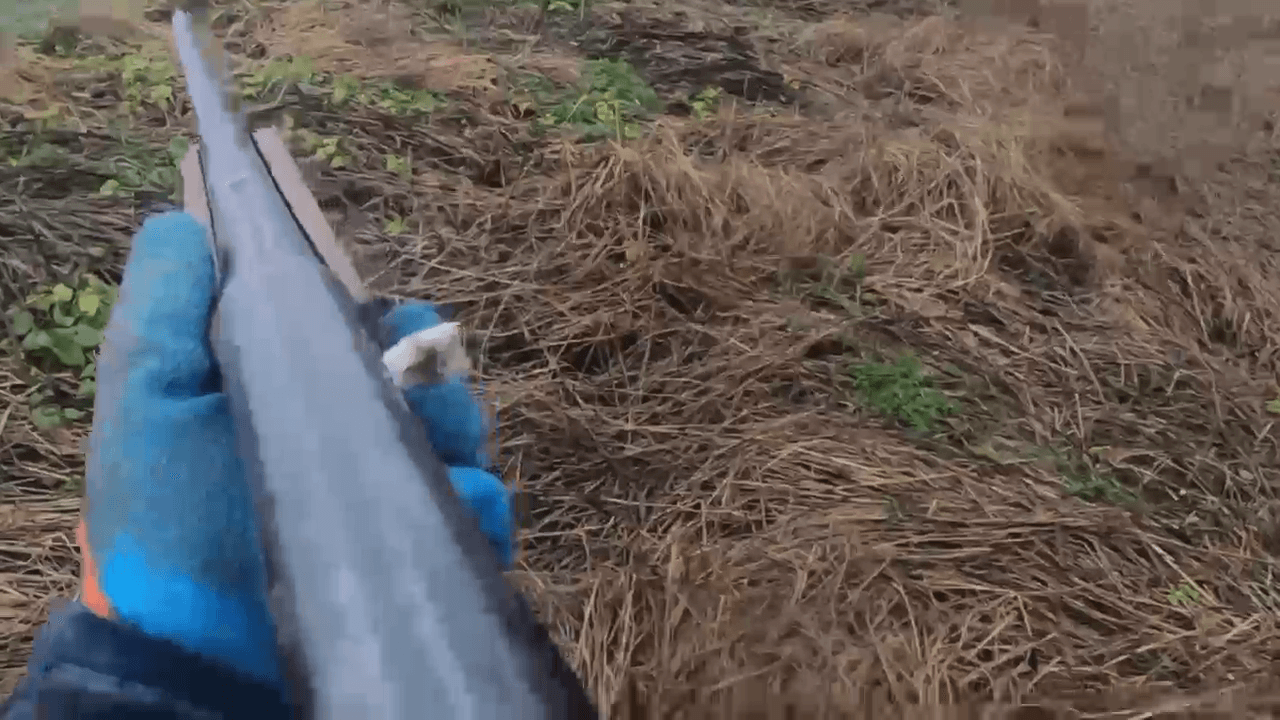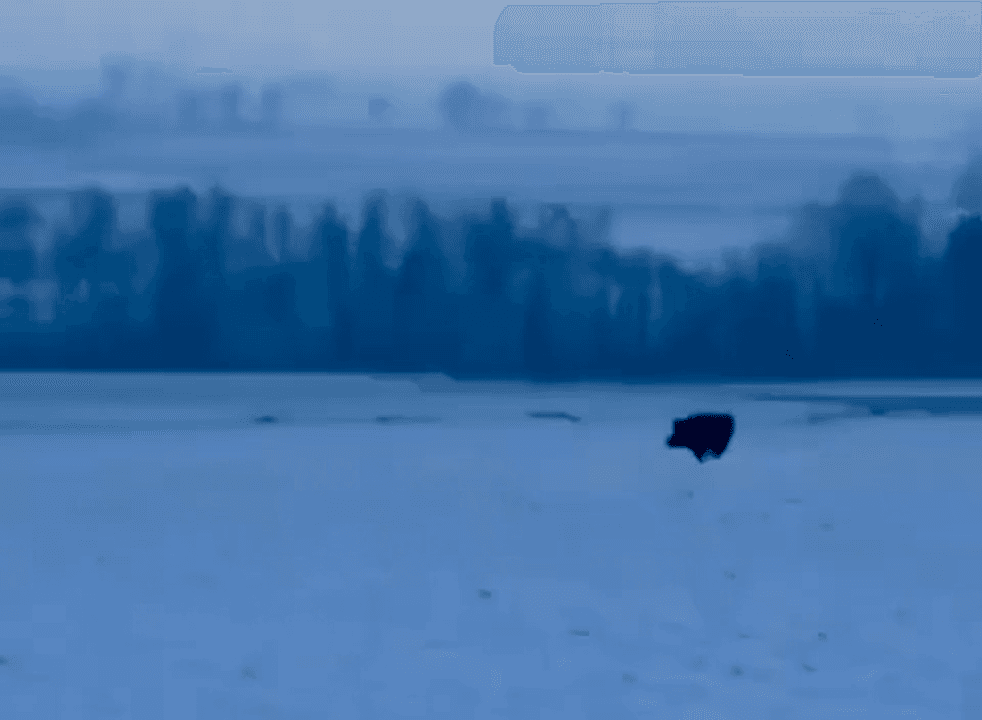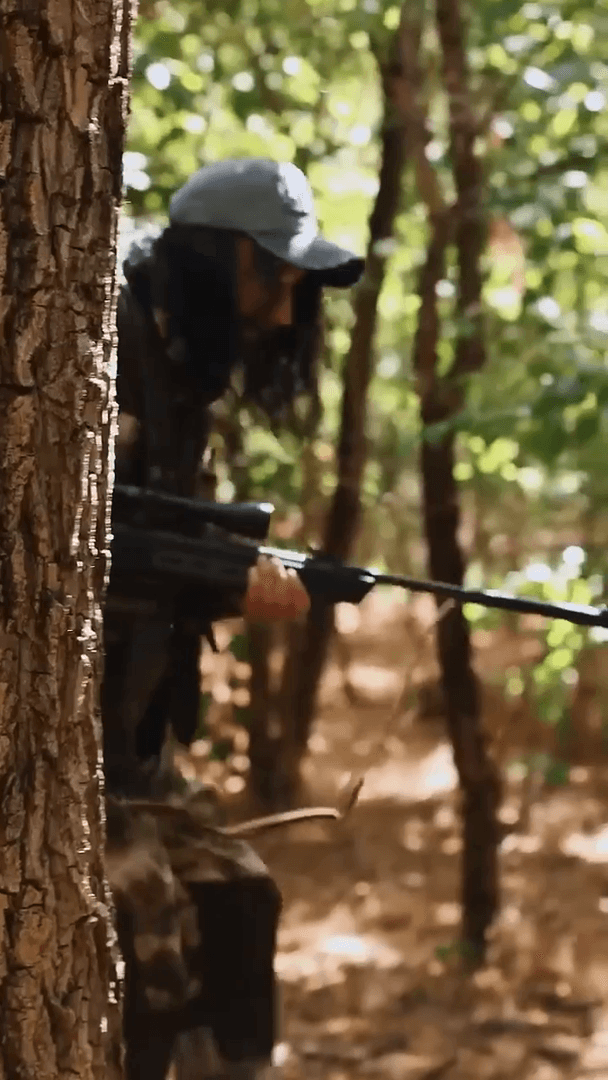
Eye Contact 👀, ahhhh hello 😳. Beautiful photo of an Indian Leopard in the forests of India. Leopards are Nocturnal animals, they are active at night when they venture out in search for food. They mostly spend their days resting, camouflaged in the trees or hiding in caves.
Post: 26 January 11:18








